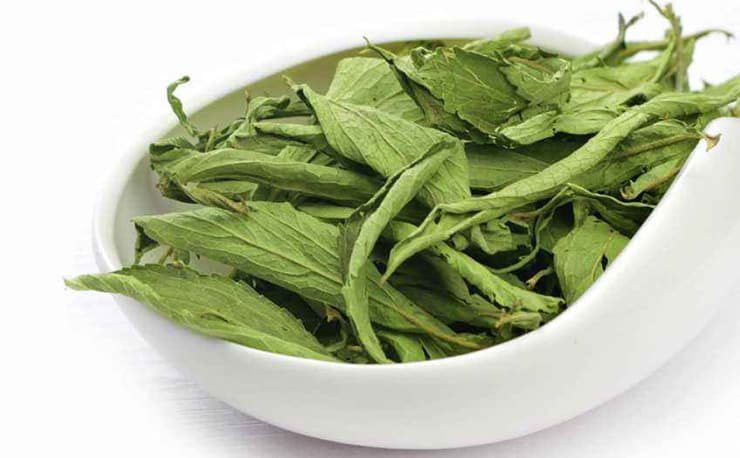What are Steviol Glycosides?
Steviol glycosides are derived from the leaves of Stevia Rebaudiana. These compounds are intensely sweet in flavor and their biosynthesis was reviewed by Temler and Brandle. Stevia is a term that refers to one or more steviol glycosides. It is a component of the chrysanthemum family, a sub-group of the Asteraceae family. You can easily get stevia from any store or can grow it at your own house. This is a bushy shrub and there are a total of 150 species of stevia present in the world, especially in South and North America. steviol is a native herb to America, but now China has become the chief exporter of products made from stevia. Though, stevia is now present and cultivated in almost every country.
To grow stevia requires hardly 20 percent of the land and very little water to grow stevia which provides 200 to 300 times more sweetness than any other ordinary sugar. It is the sweetest herb found mainly in the natives of South and North America.
Steviol glycosides contains eight glycosides and the names of those eight glycosides are given below. These are the sweetest components inaccessible and decontaminate from Stevia’s leaves.
- Steviolbioside
- stevioside
- glucoside
- rebaudioside A, B, D, E and F
Out of these eight glycosides, Stevioside and rebaudioside are the most plentiful of these components. These are extracted through a process of harvesting the leaves, drying up, extraction of water, and then final step purification of the extracted material. It takes a total of 40 steps to extract the final product and before the processes, the rough extracted material often tastes bitter and smells stink until the processing of bleaching and decolonization.
The leaves of stevia contain a range of concentrations of stevioside over eighteen percent. There are a few common operating names for stevia fruit concentrates:
- stevia
- PureVia
- Enlighten
- Rebiana
- Stevia can
- Sweetleaf
- Stevia Extract In the Raw.
The plant is initially inhabited by Brazil and Paraguay but now Japan and China have become the chief and main exporters and cultivators of stevia. The plant is used as a herbal supplement and non-nutritive juice concentrate. Stevia is a non-nutritive herb which means it is very low in calories and contains 200 to 300 times more sweetness than any other ordinary sugar used to make food and beverages.
In 1987 FDA, and the Food and Drug Administration expelled the marketing of stevia as a sweetness adder though stevia gained its name again in 1995 as the best food additive. The juice concentrate has then ascended in fame almost with a fifty-eight percent improvement in original goods that hold stevia. This crash looks at the distinctiveness, utilization, side effects, and health benefits of stevia and considers its overall safety.
Facts about stevia
- The natural fruit concentrate tastes 200 to 300 times sweeter than any other ordinary sugar.
- Stevia is originally grown in Paraguay and Brazil but now it has the largest yielding in Japan and China.
- Stevia can be classified as zero-calories as the calories per saving is very low.
- Stevia and erythritol have been agreed for use in the United States and do not show to facade of any well-being peril when used in control.
Health benefits of steviol glycoside
The use of stevia as an alternative to sucrose and any other sugar is considered the best subject to the health benefits. It has very fewer calories which means has no role in increasing sugar levels in the blood. It has less than five grams of carbohydrates and can be added to foods and beverages to increase the level of sweetness without consuming many carbohydrates and calories. stevia can be used as an additional flavor to the many products with other ingredients. steviol glycoside does not strictly contain absolutely zero calories but is considered very low as compared to sucrose and other table sugars and cannot be classified in the class of high caloric sweetness additive. The occurrence of sweetness in the steviol glycosides is natural. This herb is very beneficial for those who prefer to take fewer calories in food and beverages.








